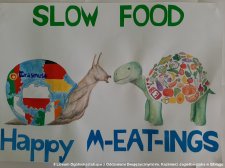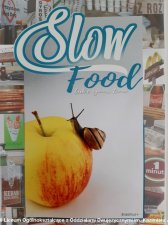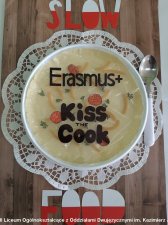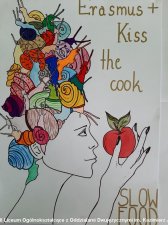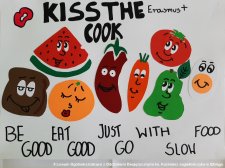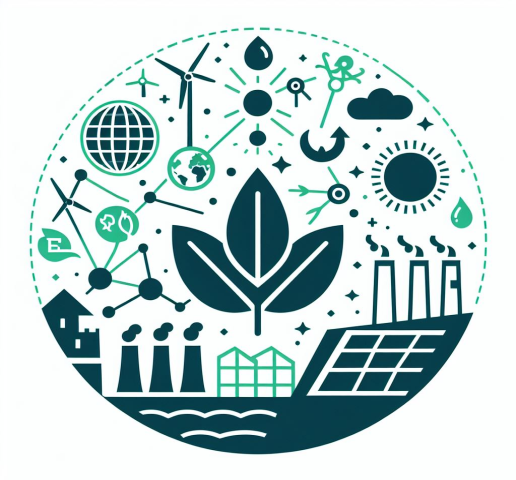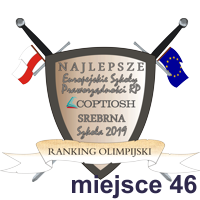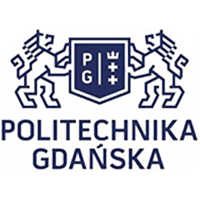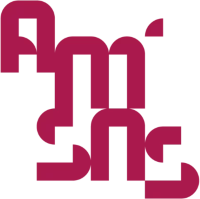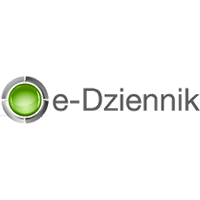Erasmus+
Zerknijcie jak Wasi koledzy zilustrowali ruch „Slow Food” projektując plakaty na wystawę, którą zorganizujemy w naszej szkole partnerskiej we Włoszech. Uwaga większości uczestników skupiła się na aspekcie zdrowego odżywiania. Autorzy pięciu najlepszych prac już w listopadzie (3-8) będą reprezentować szkołę podczas krótkoterminowej wymiany grup uczniów w Cremonie we Włoszech. W towarzystwie rzeczonych Włochów oraz Niemców, Irlandczyków i Portugalczyków będą wprowadzać w życie ideę slow food. Werbalnie i niewerbalnie. Werbalnie po angielsku, ma się rozumieć.
Zwycięskie prace zostały ocenione i wybrane przez jury w składzie pani Joanna Węgłowska (anglistka i koordynator projektu), pani Anetta Sosnowska (polonistka oraz miłośniczka sztuki) i pani Katarzyna Zarzeczna (biolog). Liczyły się przekaz, pomysłowość i estetyka. W Cremonie czynnie uprawiać ideę „Slow Food” będą: Maja Domalewska z klasy 1D po gim, Klaudia Parczewska z klasy 1E po gim, Nela Wojak z klasy 1C po gim, Karolina Zielonka z klasy 3D i Wiktoria Skrzypecka z klasy 2A. W podróż wyruszamy 3. listopada, punkt 10:00.
Nie traćcie nas z oczu. W lutym gościmy międzynarodowe towarzystwo u siebie. W maju zamykamy projekt w Portugalii, w malowniczym Alter do Chão.
Może zainteresują Was podwaliny tego ruchu. Voilà…
(Adapted from the Slow Food Manifesto to be found at www.slowfood.com)
Slow food. What is it really? Well… it is not fast … that’s for sure. If it is not fast, it takes time to produce it, prepare it and consume it.
The food production and consumption systems, most common today, are harmful to the earth, to its ecosystems and to the people that inhabit it.
The consumer, that is you and me, orients the market and production with his or her choices and, growing aware of these processes, he or she assumes a new role. Consumption becomes part of the productive act and the consumer thus becomes a co-producer.
Each of us is called upon to practise and disseminate a new, more precise and, at the same time, broader concept of food quality based on three basic, interconnected prerequisites. Quality food must be:
1) Good.
Your food needs flavor and aroma, recognizable to your senses. It is the competence of the producer to choose good quality raw materials and suitable production methods, which should in no way alter the food’s naturalness.
2) Clean.
The environment has to be respected through sustainable practices of farming. Every stage in the agro-industrial production chain, consumption included, should protect ecosystems and biodiversity, safeguarding the health of the consumer and the producer.
3) Fair.
Social justice should be pursued through the creation of conditions of labor respectful of man and his rights; through the pursuit of balanced global economies; through the practice of sympathy and solidarity; through respect for cultural diversities and traditions.
Good, Clean and Fair quality is a pledge for a better future.
Good, Clean and Fair quality is an act of civilization and a tool to improve the food system as it is today.
Everyone can contribute to Good, Clean and Fair quality through their choices and individual behavior.
Joanna Węgłowska

